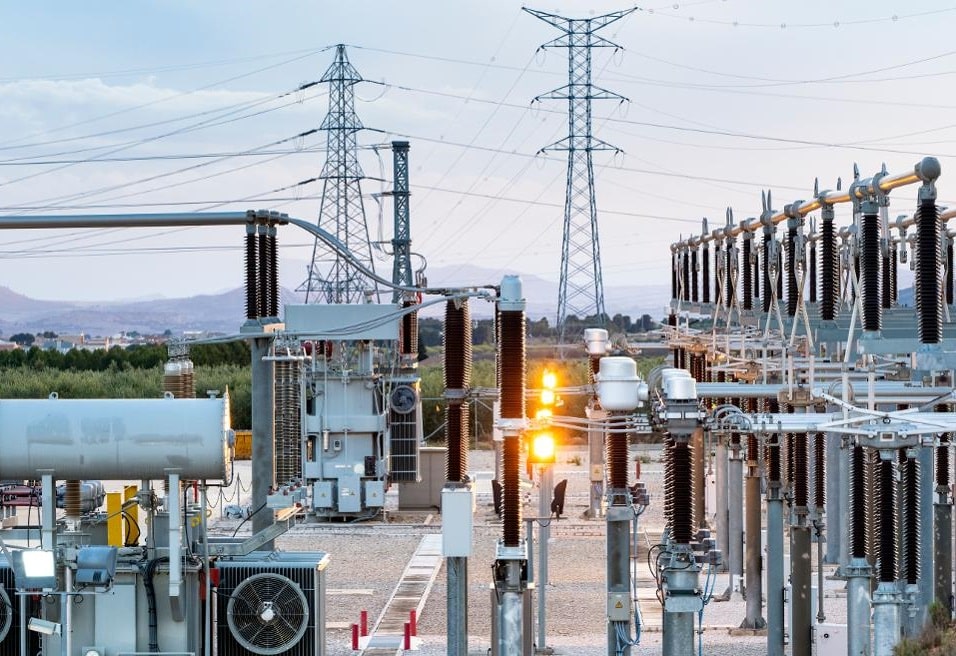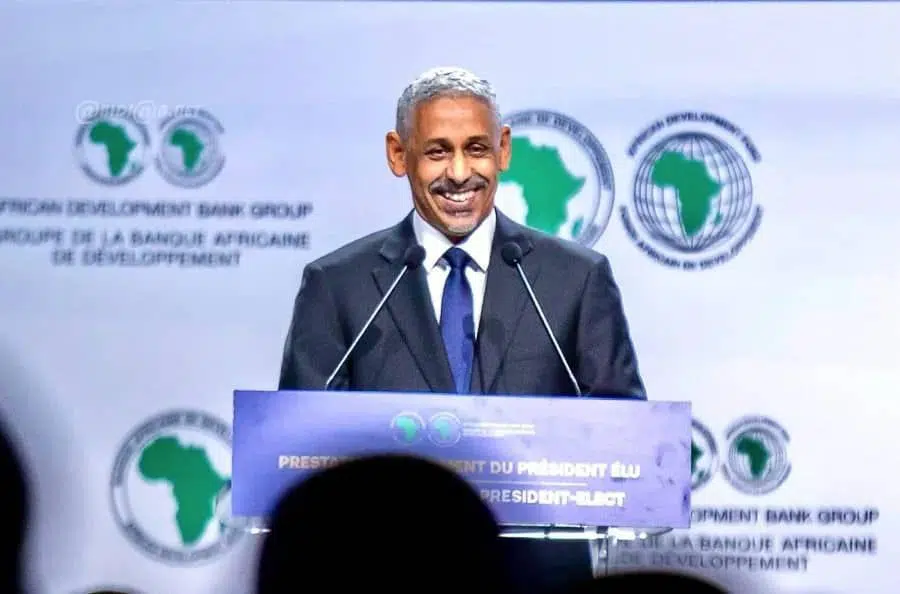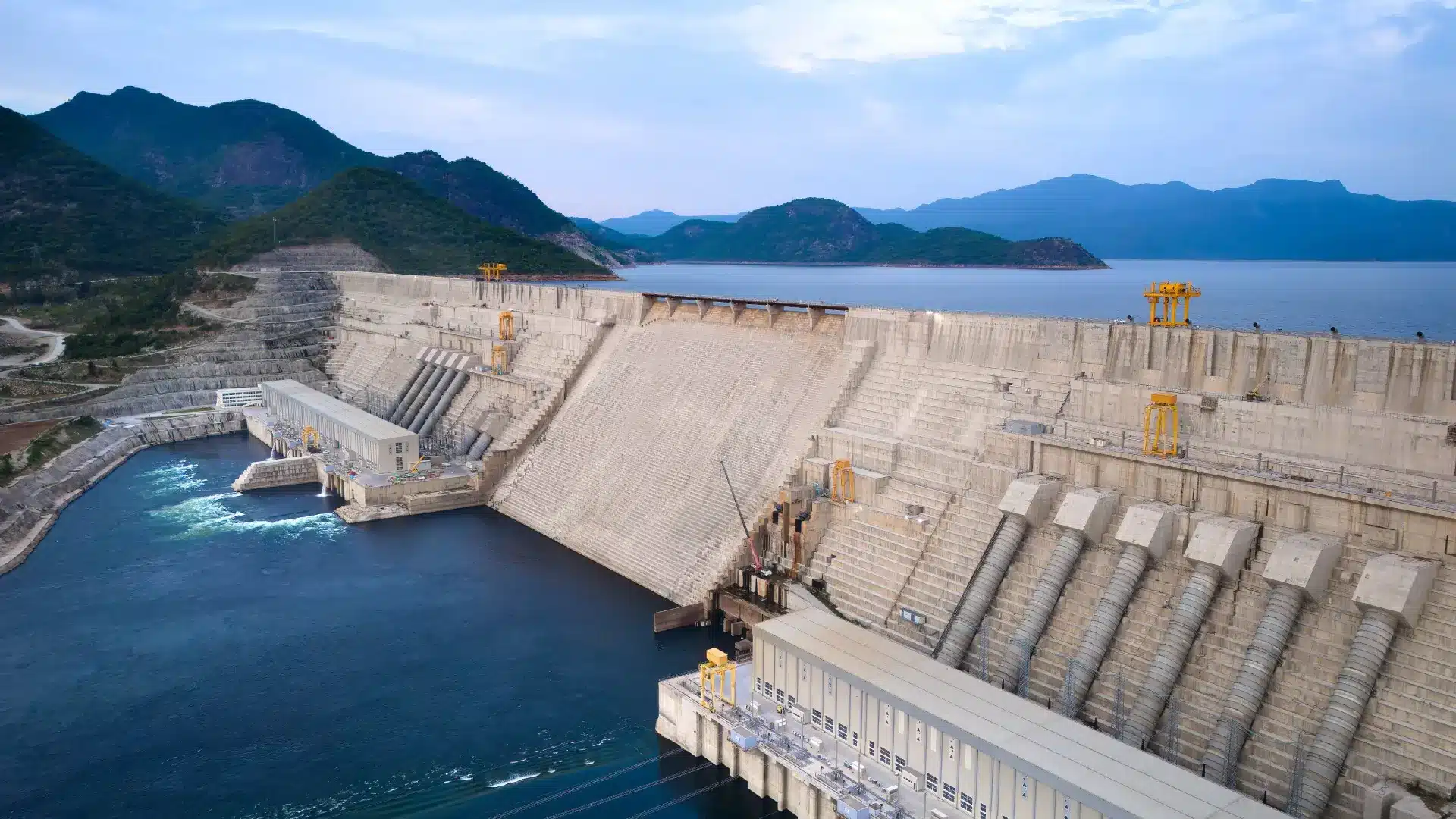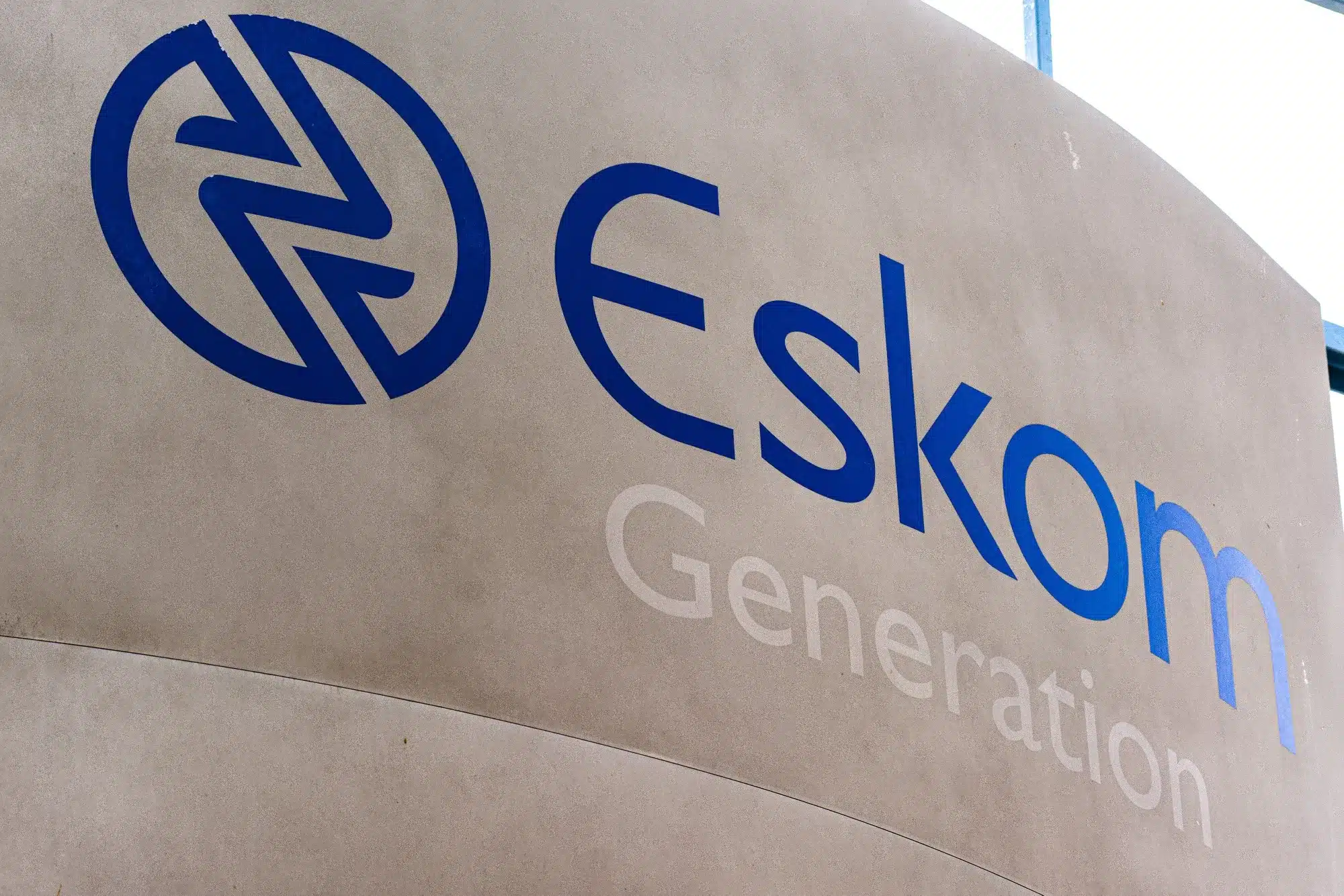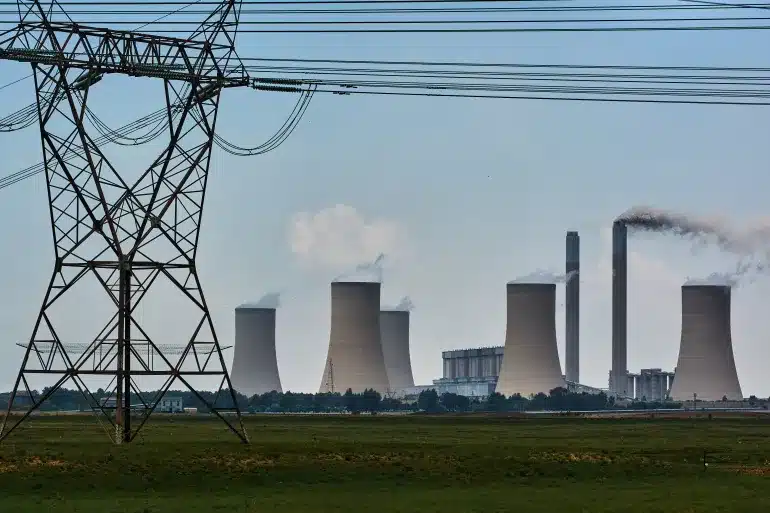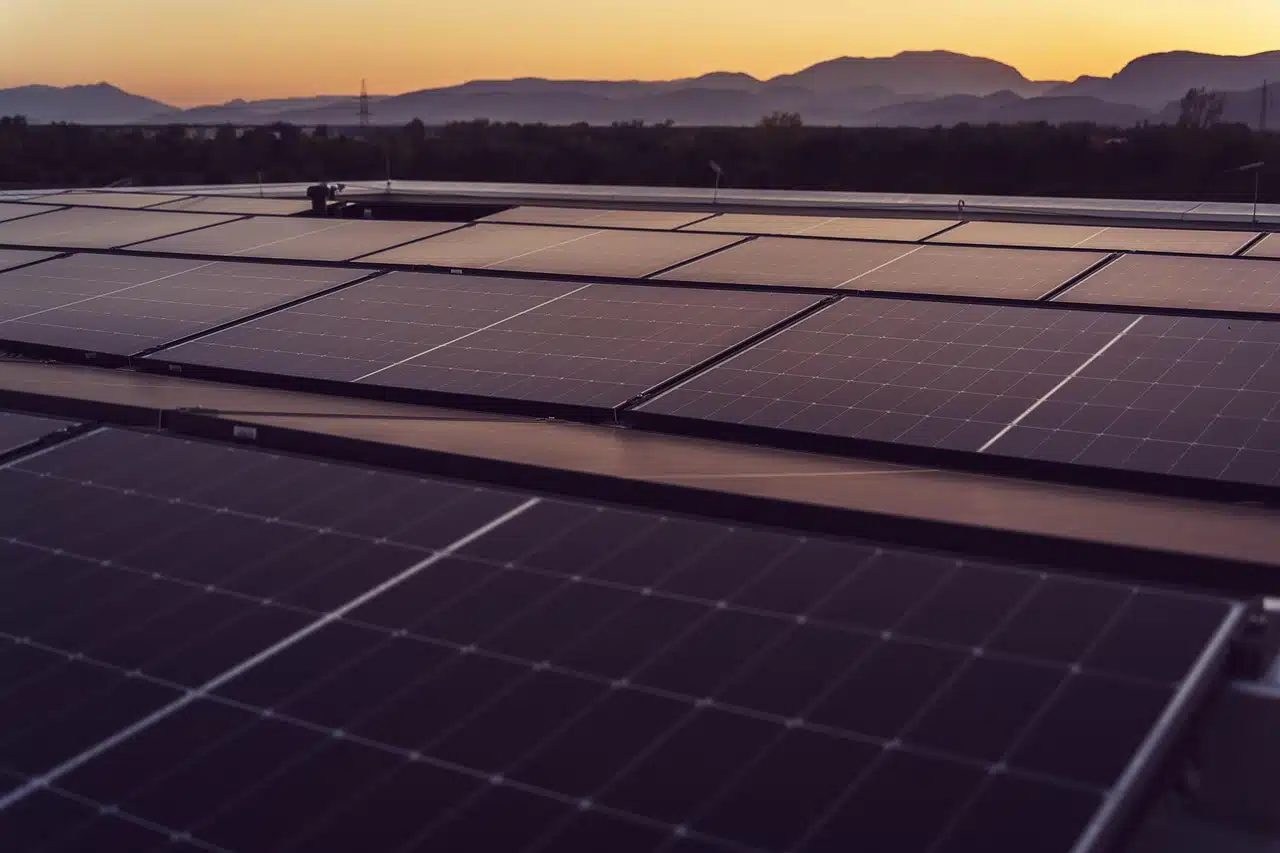The Nigerian government has finalised the implementation framework for the ₦4 trillion ($2.68 billion) Presidential Power Sector Debt Reduction Plan, a major step toward restoring financial stability and investor confidence in Nigeria’s electricity market.
This was disclosed by the Special Adviser to the President on Information and Strategy, Bayo Onanuga, via X (formerly Twitter) on Tuesday.
The initiative, approved by the current administration, seeks to address long-standing structural challenges in the power sector and create the foundation for large-scale private sector-led investments.
The Minister of Finance, Wale Edun; Power Minister, Bayo Adelabu; and Presidential Energy Adviser, Olu Verheijen met with GenCos executives to finalise debt settlement plans.
The meeting ended with an agreement to conduct bilateral negotiations aimed at concluding full and final settlement deals that reflect both fiscal realities and the financial constraints of the GenCos.
Approved by President Tinubu and endorsed by the Federal Executive Council (FEC) in August 2025, the plan authorises the issuance of up to ₦4 trillion ($2.68 billion) in government-backed bonds.
Broader reforms underway
These bonds will be used to clear verified arrears owed to generation companies and gas suppliers.
The intervention represents the largest financial support for the power sector in over a decade.
It targets the long-standing debt overhang that has discouraged investment, weakened balance sheets, and hindered reliable power delivery across the country.
According to Onanuga, the plan marks a strategic reset for Nigeria’s electricity market.
“By restoring the financial health of power companies, it will enable new investment in generation capacity, modernize grid infrastructure, and deliver more reliable electricity to homes and businesses, creating a stronger foundation for industrialization, job creation, and inclusive economic growth,” he said.
Special Adviser on Energy, Olu Verheijen, explained that the focus extends beyond clearing debts.
The administration is working to modernise the grid, close metering gaps, align tariffs with efficient costs, and improve subsidy targeting for vulnerable groups.
“These reforms go beyond liquidity,” said Edun. “They are about rebuilding the fundamentals so that Nigeria’s power sector works for investors, citizens, and the next generation.”
What you should know
The debt reduction plan follows months of high-level negotiations between the Federal Government and the GenCos.
In April, the Minister of Power, Bayo Adelabu, met with GenCos’ chairmen in Abuja, pledging urgent intervention to avert a potential collapse of the power infrastructure.
In August, Nigeria approved $2.61 billion (about ₦4 trillion) to offset debts owed to 27 power generation companies for outstanding invoices between 2015 and 2023.
The initiative, part of the Presidential Power Sector Bond Programme, is expected to restore liquidity and stability across the electricity value chain.
In a related development, Nigeria is in talks with China’s Export-Import Bank for a $2 billion loan to finance a new super grid.
The project is designed to connect the eastern and western regions where most industrial users are based and strengthen transmission capacity nationwide.
The Minister said the move is part of efforts to decentralise power generation and attract major industrial users who left the grid due to its unreliability.

